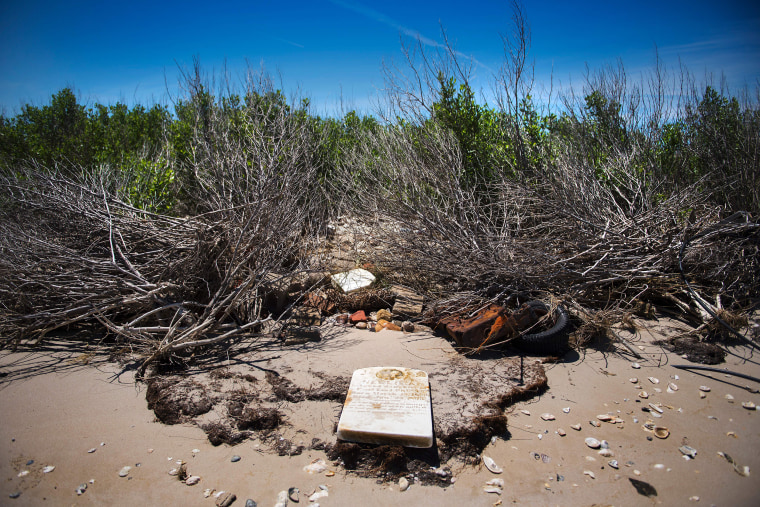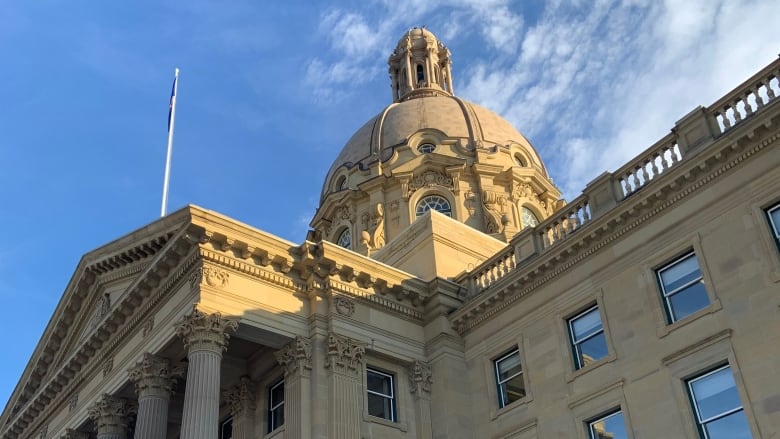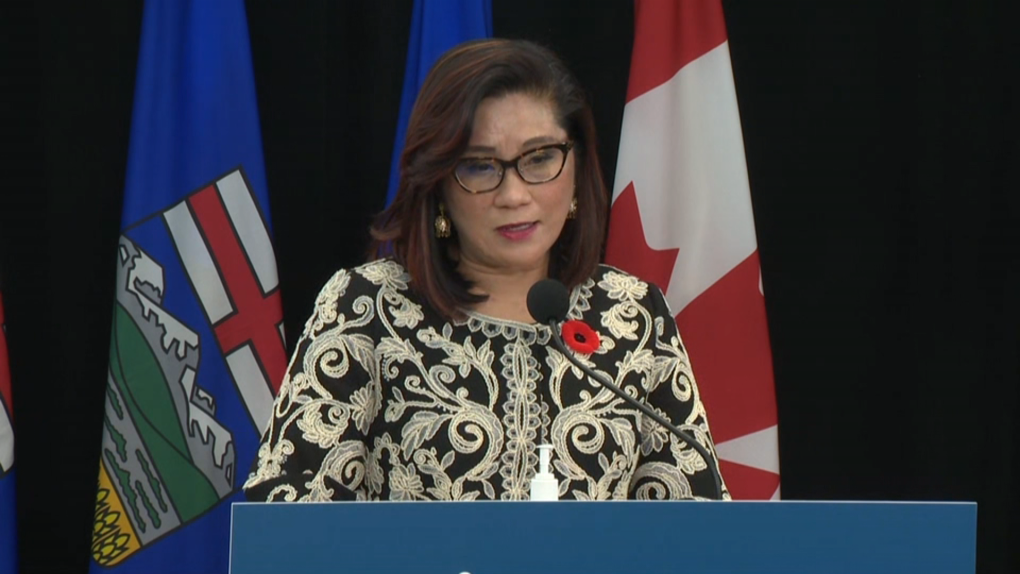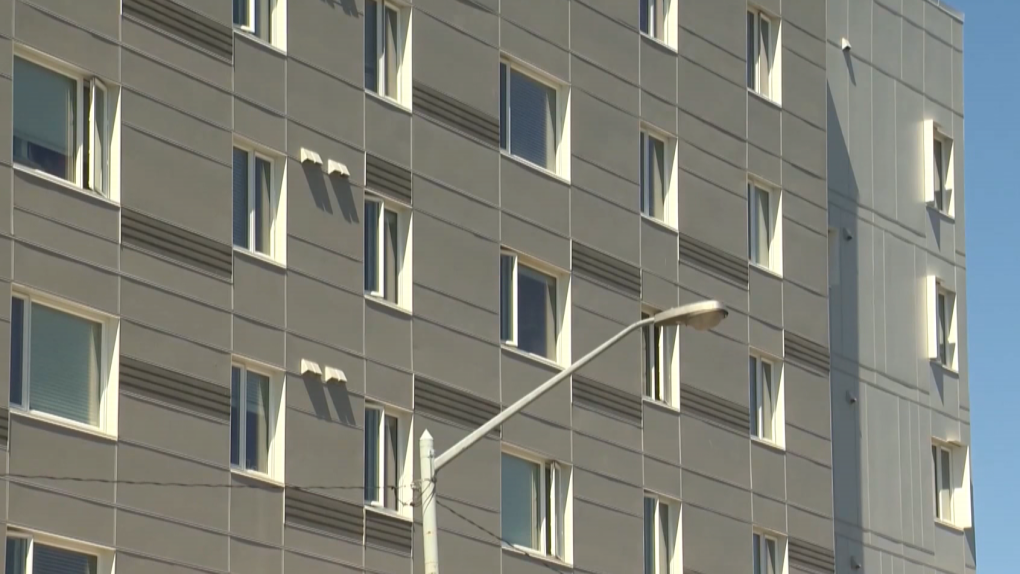Breakenridge: Is Kenney government sitting on recall legislation to save its own skin?
Author of the article:Rob Breakenridge • for the Calgary Herald
Publishing date:Nov 09, 2021 •

Now that the next provincial election seems to have a firm date, perhaps that also helps to answer the question of when Alberta’s recall legislation will finally come into force
Bill 81, the Election Statutes Amendment Act, which was introduced last week by the government, makes a number of changes to the rules around election spending, donations, nomination races and third-party advertisers. It also changes Alberta’s “fixed election period” to a firm election date: the last Monday in May, four years after the previous election. That would put the next election on May 29, 2023.
There will likely be much scrutiny and debate around Bill 81, given just how sweeping it is. There are some sensible reforms proposed in the legislation, but also some changes that might raise some eyebrows.
However, it feels like the government is getting ahead of itself here. There were some important democratic reforms that were supposed to be in place for the period between the last election and the next one. That work should be finished before we turn our attention to the 2023 campaign.
For all intents and purposes, the work is done on bills 51 and 52, the Citizen Initiative Act and the Recall Act. The bills were debated, passed and received royal assent. All that’s left is for the government to proclaim the legislation. But more than four months later, that’s yet to happen.
The controversy around Calgary’s newly re-elected city councillor for Ward 4 caused many to take notice of this fact. While some saw the potential of voter recall as a potential way of addressing the situation (the legislation does apply to municipal politicians, too), that hope was quickly dashed by the realization that there was no such law yet.
Moreover, as the legislation is currently written, it could not have applied in that situation anyway. The legislation makes clear that a recall petition targeting a municipal politician cannot occur within 18 months of an election or after Jan. 1 in an election year.
Those same rules exist for recall campaigns against MLAs, although the specific pre-election prohibition period is pegged at six months. In other words, if the next election is set to take place on May 29, 2023, then no recall campaign could be launched after November 29, 2022. Should we expect to see the legislation proclaimed sometime around then?
It’s less clear why the Kenney government would be apprehensive about enacting the citizen initiative legislation, but it’s easy to see why an unpopular government would be afraid of unleashing the power of voter recall. Mind you, the government could hardly proclaim one and not the other.
The political embarrassment of having your own legislation used against you is probably, all things considered, worse than the political embarrassment of being afraid to follow through on one of your campaign promises. But still, we were promised this. The UCP was right to argue that voters deserved these tools of accountability in between elections and they are now inadvertently helping to reinforce that point.
If the government has no intention of allowing any recall campaigns to be launched prior to the next election, then there’s no reason why the legislation itself couldn’t be revisited. The process currently spelled out under the legislation sets the bar rather higher for successfully recalling an MLA. In fairness, the balance between too easy and too difficult when it comes to forcing a politician out of office is a tricky one to strike. Of course, under the status quo, it’s not an option at all.
Some critics of Bill 81 have suggested that the government is writing new election rules with its own interests in mind. The handling of the recall bill only serves to give plausibility to such accusations.
For the sake of their own credibility — and for the sake of democracy, of course — bills 51 and 52 need to be proclaimed.
“Afternoons with Rob Breakenridge” airs weekdays 12:30-3 p.m. on 770 CHQR rob.breakenridge@corusent.com Twitter: @RobBreakenridge





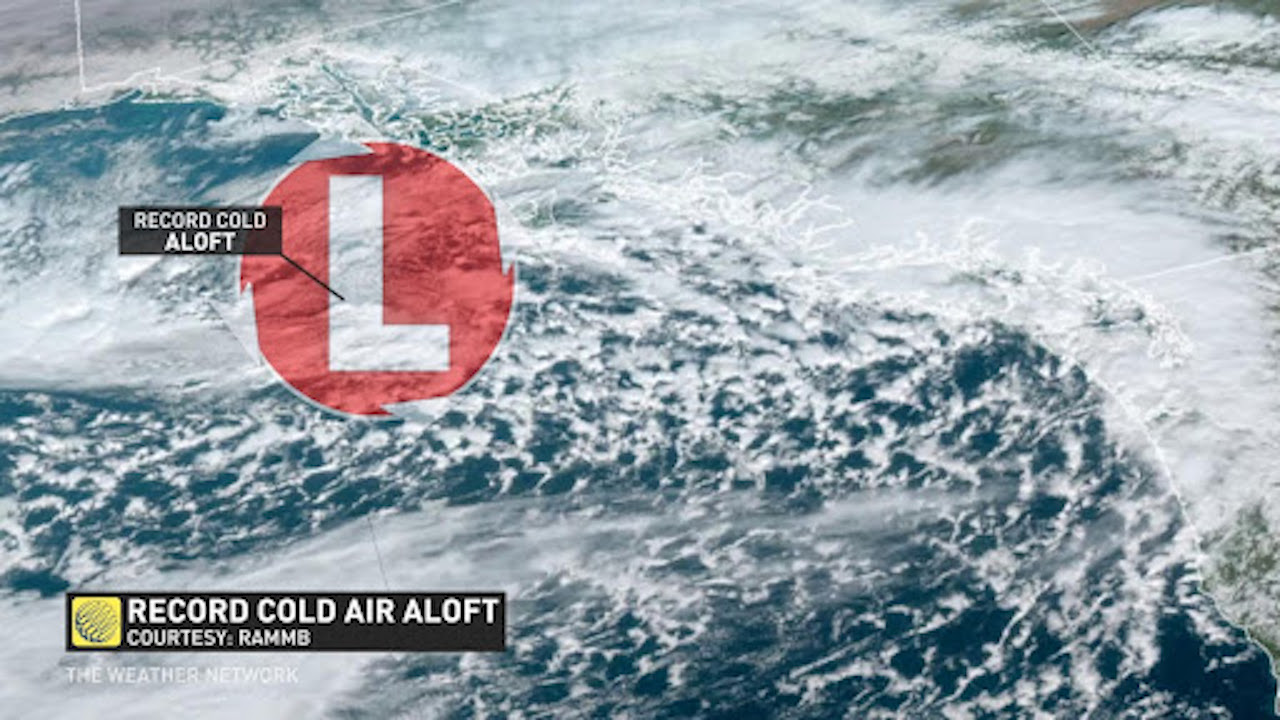

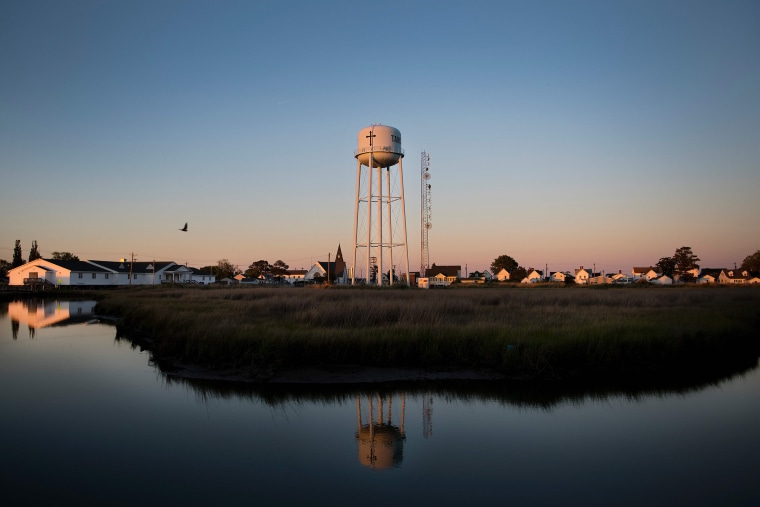
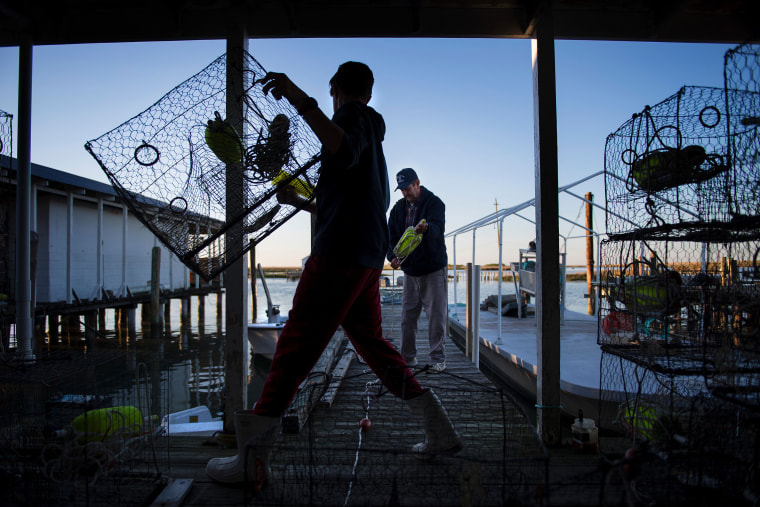 Benjamin Eskridge, left, carries a crab trap while helping his grandfather Allen Crocket prepare for the next day of crabbing in Tangier, Va., on May 15, 2017. Jim Watson / AFP via Getty Images file
Benjamin Eskridge, left, carries a crab trap while helping his grandfather Allen Crocket prepare for the next day of crabbing in Tangier, Va., on May 15, 2017. Jim Watson / AFP via Getty Images file
